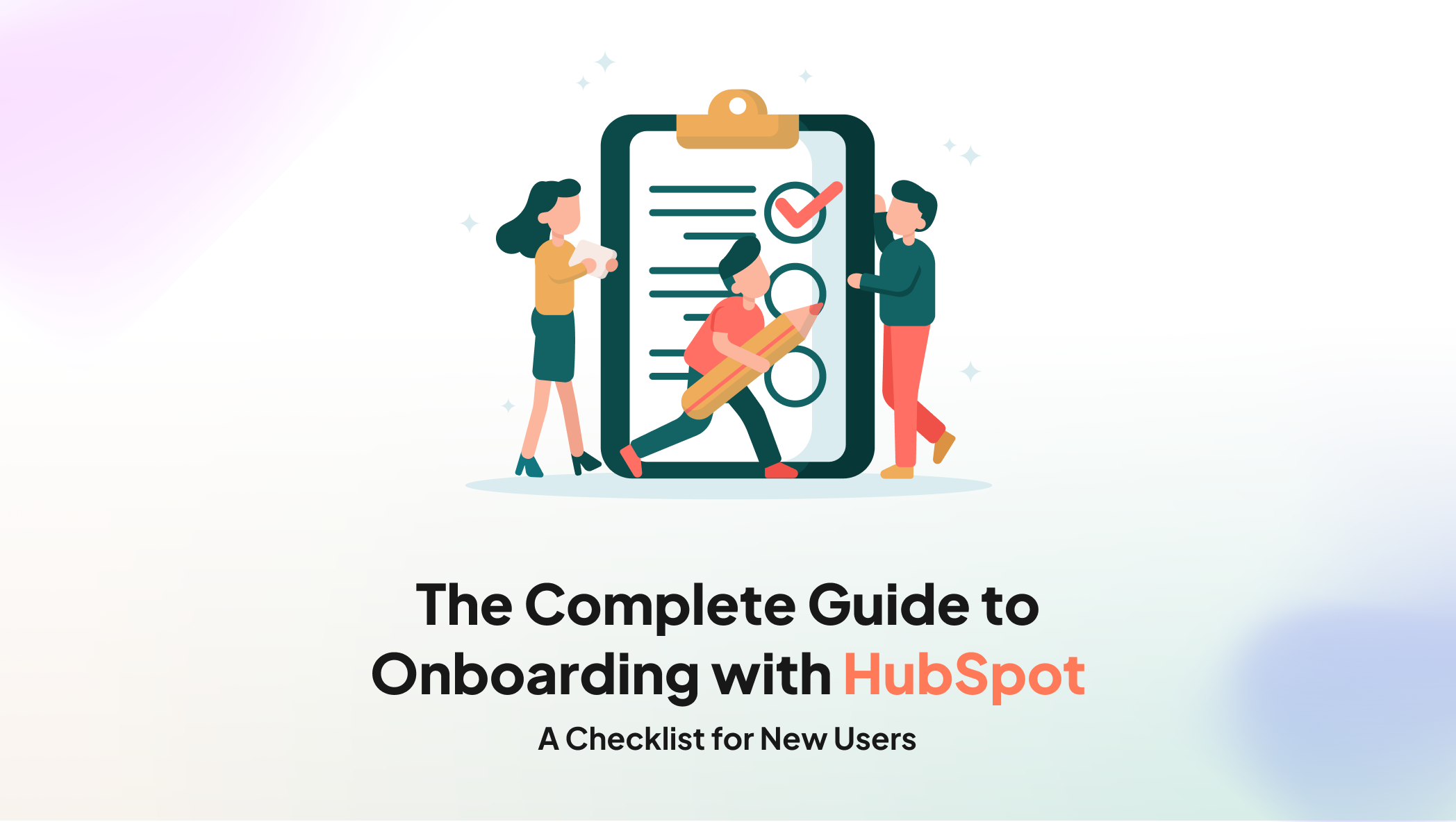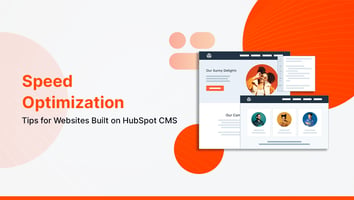The Challenge Our client was facing challenges in effectively tracking lead sources and campaign...
Explore the essential steps for successful onboarding with HubSpot to maximize your user experience
Setting Up Your HubSpot Account
Setting up your HubSpot account is the first step to getting started with using HubSpot effectively. Begin by visiting the HubSpot website and clicking on the 'Get Started' button.
- You will be prompted to create an account by providing your email address and choosing a password. Once you have successfully created your account, you can log in and start setting up your HubSpot account. After logging in, you will be guided through a series of setup steps.
- These steps include providing information about your company, such as its name, industry, and website. You will also be asked to connect your social media accounts and integrate any existing CRM or email marketing platforms you may be using.
- Once you have completed the initial setup steps, you can customize your account settings to align with your specific needs and preferences.
- This includes configuring your notification settings, setting up user roles and permissions, and customizing your dashboard and reporting options.
- Setting up your HubSpot account is an important foundation for effectively using the platform. Take the time to thoroughly complete the setup process to ensure that you are able to make the most of HubSpot's features and functionalities.
Exploring HubSpot Tools and Features
Once you have set up your HubSpot account, it's time to start exploring the wide range of tools and features that the platform has to offer. HubSpot offers a comprehensive suite of tools designed to help you attract, engage, and delight your customers. These tools include a powerful CRM, email marketing capabilities, social media management tools, content management features, and much more. One of the key features of HubSpot is its CRM, which allows you to manage your contacts, track interactions, and monitor the progress of your sales pipeline. Take the time to familiarize yourself with the CRM and learn how to effectively use it to organize and track your customer interactions.
In addition to the CRM, HubSpot offers a range of marketing and sales tools that can help you automate and streamline your processes. These tools include email marketing, social media scheduling, lead generation forms, landing page builders, and more. Explore these tools and experiment with different strategies to find what works best for your business. As you explore HubSpot's tools and features, don't hesitate to reach out to the HubSpot support team for assistance. They are available to answer any questions you may have and provide guidance on how to make the most of the platform.
Creating Your First Campaign
Creating your first campaign in HubSpot is an exciting step towards achieving your marketing goals.
Start by defining the objective of your campaign. What are you trying to achieve? Whether it's generating leads, increasing brand awareness, or driving sales, clearly define your goals before proceeding. Next, identify your target audience. Who are you trying to reach with your campaign?
Use HubSpot's segmentation tools to create targeted lists based on criteria such as demographics, behavior, and interests. Once you have defined your objectives and identified your target audience, it's time to create your campaign assets. This may include designing compelling email templates, creating engaging social media posts, or developing captivating landing pages.
After creating your assets, use HubSpot's automation features to schedule and launch your campaign. Set up workflows to automate follow-ups, nurture leads, and track the performance of your campaign. Throughout the campaign, regularly monitor and analyze the data to gain insights into its effectiveness. HubSpot provides robust analytics and reporting features that can help you track key metrics and make data-driven decisions to optimize your campaign performance.
Creating your first campaign in HubSpot is an iterative process. Continuously analyze the results, make adjustments, and optimize your campaign to maximize its impact.
Analyzing Data and Performance
Analyzing data and performance is a crucial step in optimizing your onboarding process with HubSpot.
HubSpot provides a wealth of data and analytics to help you track and measure the success of your marketing efforts. From website traffic and lead generation to email performance and social media engagement, HubSpot's reporting tools provide valuable insights into the effectiveness of your campaigns. Start by identifying the key metrics that align with your marketing goals. These may include conversion rates, click-through rates, bounce rates, or customer acquisition costs. Set up custom reports and dashboards to monitor these metrics and track your progress over time.
In addition to tracking your own performance, it's also important to benchmark your results against industry standards and competitors. Use HubSpot's benchmarking tools to compare your performance with similar businesses and identify areas for improvement. Regularly review and analyze the data to identify trends, patterns, and opportunities. Use this information to make data-driven decisions and optimize your marketing strategies.
Remember, data analysis is an ongoing process. Continuously monitor and measure your performance to stay ahead of the competition and drive better results.
Optimizing Your Onboarding Process
Optimizing your onboarding process is essential for ensuring a smooth and successful transition to using HubSpot.
Start by gathering feedback from your team members who have gone through the onboarding process. What worked well? What could be improved? Use this feedback to identify areas for optimization and make necessary adjustments.
Next, evaluate your current onboarding materials and resources. Are they comprehensive and easy to understand? Consider creating step-by-step guides, video tutorials, or interactive training modules to help new users get up to speed quickly.
- Implement a structured onboarding plan that includes specific milestones and goals. This will help new users track their progress and stay motivated throughout the onboarding process.
- Regularly communicate with new users and provide ongoing support. Offer training sessions, host Q&A sessions, and provide access to a dedicated support team to address any questions or concerns.
- Continuously evaluate and refine your onboarding process based on user feedback and data. Monitor user engagement and satisfaction metrics to identify areas for improvement and ensure a positive onboarding experience.
By optimizing your onboarding process, you can maximize the value of HubSpot for your organization and set new users up for success.
-1.png?width=134&height=66&name=amwhiz-logo%20(1)-1.png)



